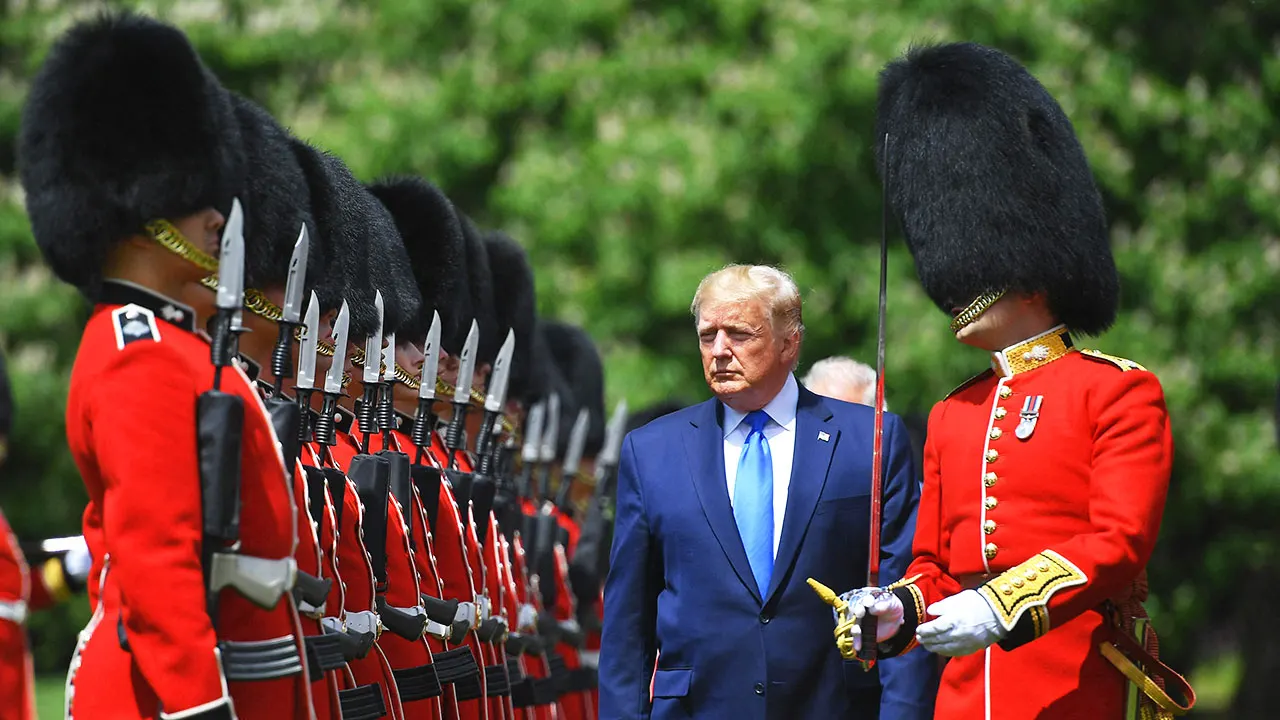The “chip war” remains a critical domain in U.S.-China competition. This was clearly the case during the Biden administration, which made semiconductor investment the focus of its marquee legislation. And the emphasis on semiconductors — and competition with China therein — remains under the Trump administration; the field is front and center for the Commerce Department’s newly announced United States Investment Accelerator.
Still, despite this consistent prioritization, Washington risks heading in the wrong direction in the chip war. Washington’s framing of the semiconductor competition misinterprets China’s positioning. In particular, the United States risks ignoring the upstream foundations on which all integrated circuits are built and China’s growing stranglehold over that foundation.
Billy Beane used to say that the Oakland Athletics couldn’t ‘do the same things the Yankees do’ and expect to win. China has taken that advice to heart.
Beijing’s industrial, scientific, and technological policy prioritizes the semiconductor sector. And Beijing operationalizes this prioritization according to a practiced and well-documented playbook. Beijing backs companies with state investment and subsidies, directly funds research and development, and leverages international ties to acquire foreign technology and human capital. This playbook has already allowed China to catch up to international leaders in mature nodes of the semiconductor value chain and in the less high-tech, but nonetheless critical, realms of packaging and testing integrated circuit products.
But while that playbook might be well documented, its specific priorities — and the threat they pose to the United States — are not.
First, the U.S. remains effectively blind to the non-obvious, asymmetric semiconductor sub-sectors where Beijing is doubling down to dominate next-generation capabilities, like wide bandgap semiconductors and photonics.
Second, China has prioritized developing dominance over semiconductor materials and other upstream elements of the value chain and now is vertically integrating on top of a foundation that it controls. Together, these campaigns create an asymmetric strategy that seizes on gaps in U.S. policy and capabilities.
The default U.S. approach to tech competition starts from, and focuses on, protecting crown jewels at the forefront of research and development (for example, increasingly small “nanometer” sizes of chip features and transistor density). But such an approach is akin to assuming that batting average is the only metric that matters for building a baseball roster. And refusing to budge from that assumption even after Billy Beane’s “Moneyball” revolution and the emergence of alternative, asymmetric logics — like caring about how often a player gets on base.
Beijing, by contrast, is taking a “Moneyball” approach to the chip war.
Beane used to say that the Oakland Athletics couldn’t “do the same things the Yankees do” and expect to win. China has taken that advice to heart. China’s semiconductor policy prioritizes segments, like wide bandgap semiconductors, and metrics, like market share and vertical integration, that others don’t. And right now, Beijing expects to win.
Take, for example, the strategic value, and corresponding resources, China dedicates to wide bandgap, or third-generation, semiconductors (e.g., those made with silicon carbide, gallium nitride, and indium phosphide). These semiconductors feed into emergent downstream applications including new energy vehicles, telecommunications, and data centers needed to power artificial intelligence applications. And Beijing has recognized that the field is relatively undefended; that its international competitors are not prioritizing wide bandgap semiconductors in any formidable way. Here, then, is an area in which to overtake.
And in this area — as more generally — China is positioning to overtake through vertical integration that starts at the upstream of the value chain. China is the dominant global source of the gallium necessary for gallium nitride third-generation semiconductors. This upstream advantage grants China’s downstream champions cost and process advantages as they develop and scale third-generation semiconductor manufacturing.
Telecom giant Huawei, for instance, has invested through its corporate venture arm in silicon carbide epitaxial wafer company Tianyu Semiconductor. And vertical integration by the likes of Huawei also fuels the leverage China enjoys over foreign companies and countries, which can be exercised through export restrictions like those applied to gallium in December 2024.
The new fault lines that Beijing is creating in the semiconductor war are becoming evident. The U.S. trade representative recently held a public comment hearing as a part of a Section 301 investigation into China’s acts, policies, and practices for targeting dominance in the semiconductor industry.
Participants in that hearing included industry leaders who have felt the unfair competitive pressures of China’s industrial policy up close. Others warned that Beijing is using the same approach in semiconductors that allowed it, a decade ago, to conquer the solar sector. Those testimonies underscored that USTR forging ahead with its full force and authorities is a necessary first step to resetting the competitive dynamics and giving U.S. industry a level playing field against China’s non-market playbook.
However, government defense once China is already on its way to full sector dominance could be “too little, too late.” The United States also needs to position ahead of the curve. The U.S. has to start investing in the semiconductor fields that are going to matter — for the markets, not just for the technological glitz and glam — tomorrow and doing so all across the value chain. And the U.S. also has to start using its market and narrative strengths to start shaping what semiconductor fields, types, and applications will matter tomorrow, in a way that aligns with U.S. strengths.
None of this means mimicking China. Rather, it means being deliberate about the strengths the United States is cultivating and protecting. And it means working now to shape tomorrow’s game.
Editor’s note: This article was originally published by RealClearDefense and made available via RealClearWire.
Read the full article here







![Elderly Man Who Falsely Claimed He Shot Charlie Kirk Now Hit With Child Porn Charges [WATCH] Elderly Man Who Falsely Claimed He Shot Charlie Kirk Now Hit With Child Porn Charges [WATCH]](https://www.rvmnews.com/wp-content/uploads/2025/08/2025.08.12-06.37-rvmnews-689b89d11a0a5.jpg)




![Discord Chat Shows More Than 20 Linked to Charlie Kirk Assassination Plot [WATCH] Discord Chat Shows More Than 20 Linked to Charlie Kirk Assassination Plot [WATCH]](https://www.lifezette.com/wp-content/uploads/2025/03/2025.03.19-05.41-lifezette-67db01b6f3f13.jpg)